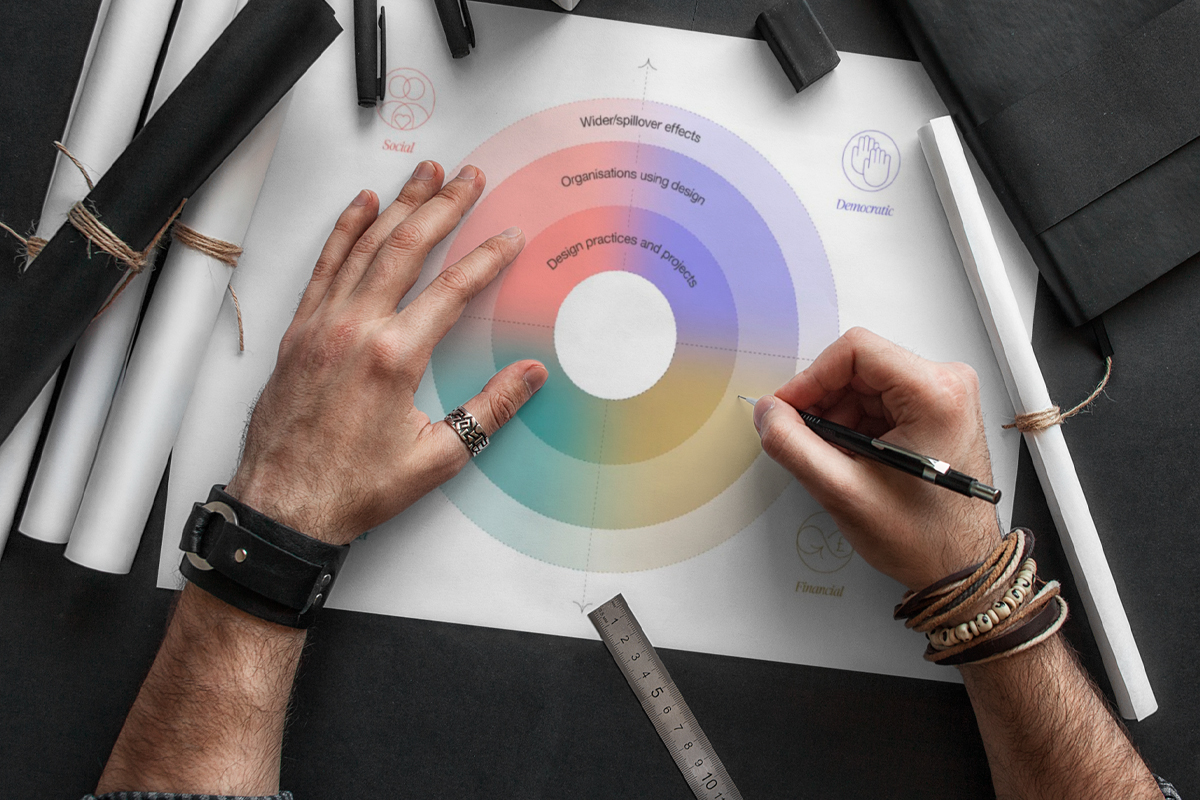The mobile-first design methodology, celebrated for its user-centric approach and well-practiced principles, has been a staple in the design landscape for years. However, does the same enthusiasm apply when it comes to developing CSS in a mobile-first fashion? This article navigates through the complexities of classic mobile-first CSS development, examining its strengths and potential pitfalls.
Classic mobile-first CSS development traditionally involves overwriting style declarations, starting with default styles and progressively adding or modifying them through min-width media queries as the viewport size increases. While this method provides a structured development hierarchy, proven efficacy, and a focus on the critical mobile view, it can also introduce complexities, inefficiencies, and increased testing efforts.
One advantage of mobile-first CSS development lies in its development hierarchy, allowing designers to concentrate on the mobile view and gradually expand. The approach prevents desktop-centric development and aligns with the importance of prioritizing the mobile user experience. However, challenges arise as styles are overwritten at higher breakpoints, leading to increased complexity, higher CSS specificity, and the need for extensive regression testing.
To address these challenges, the article proposes an alternative approach—developing CSS with a focus on default values. This method involves concentrating on default styles simultaneously for all breakpoints, avoiding the complications associated with overwriting styles. By identifying common styles and isolating specific exceptions within closed media query ranges, developers can streamline the process and enhance efficiency. This approach offers opportunities to view each breakpoint as a clean slate, facilitating independent development of components based on their layout requirements.
Embracing this approach requires a good understanding of components across all breakpoints from the outset, aiding in early issue identification and preventing potential challenges during the development process. While this methodology may not suit every developer, it presents a viable alternative to the classic mobile-first order. Tools like Responsively App and Blisk can assist in concurrent development, providing a smoother experience for those who choose to adopt this approach.
In conclusion, the order of development—whether classic mobile-first or simultaneously focusing on default values—depends on the developer’s comfort, understanding of breakpoints, and preference for working on one device at a time. The key is to identify common styles and exceptions effectively, streamlining the development process and ensuring a more efficient CSS implementation.














Comments are closed